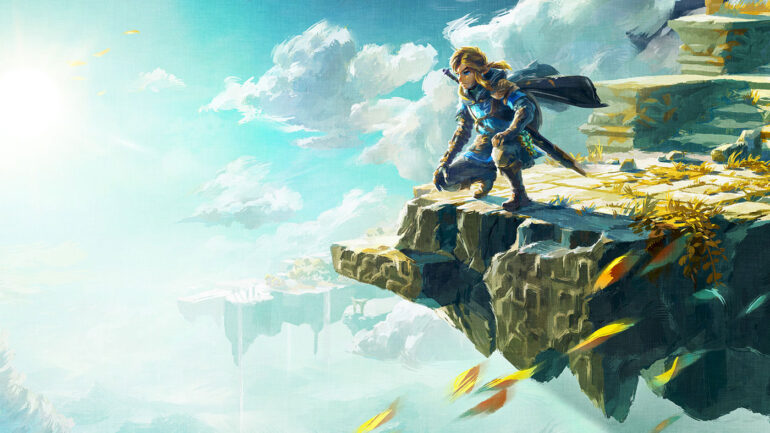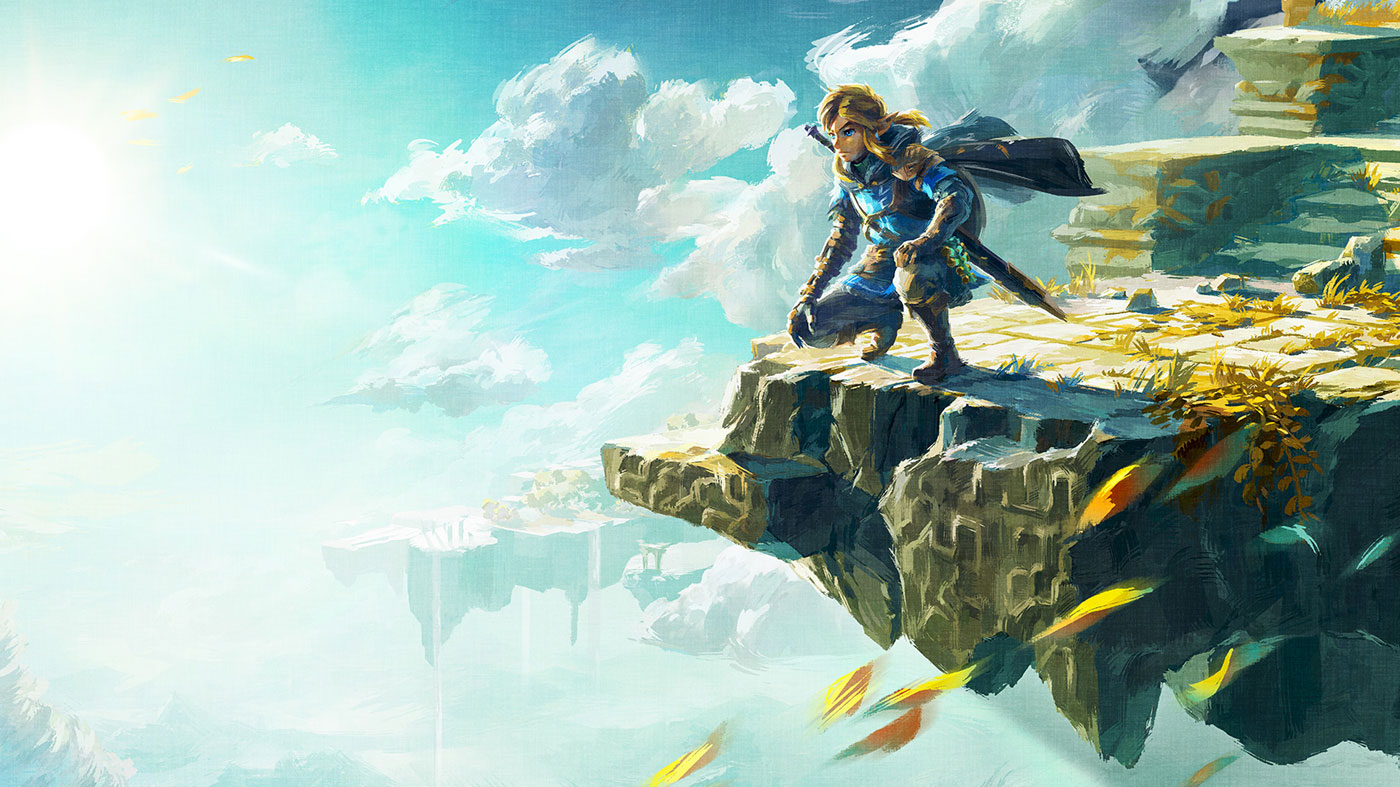The Legend of Zelda: Tears of the Kingdom is an adventure that’s best experienced blind and organically. This review contains zero story spoilers beyond anything revealed in officially released trailers.
I didn’t like Breath of the Wild as much as most others seemed to. That much was obvious to anyone who knows me. I still think it’s a great game for what it is, but it missed the mark for me as a Zelda title, eschewing so much of what made the previous entries memorable for me. It was a sad time – I’d thought my interest in a series that played such a strong role in my formative years had long dwindled – until now. Six years later, everything has changed. And I hate being wrong.
The truth is that I can’t remember the last time that I played my Switch or even a video game with as much fervent intensity as I have with Tears of the Kingdom. It’s the potential I saw in Breath of the Wild but almost perfectly realised, balancing the new and the old to fill the void of what I was missing about Zelda.
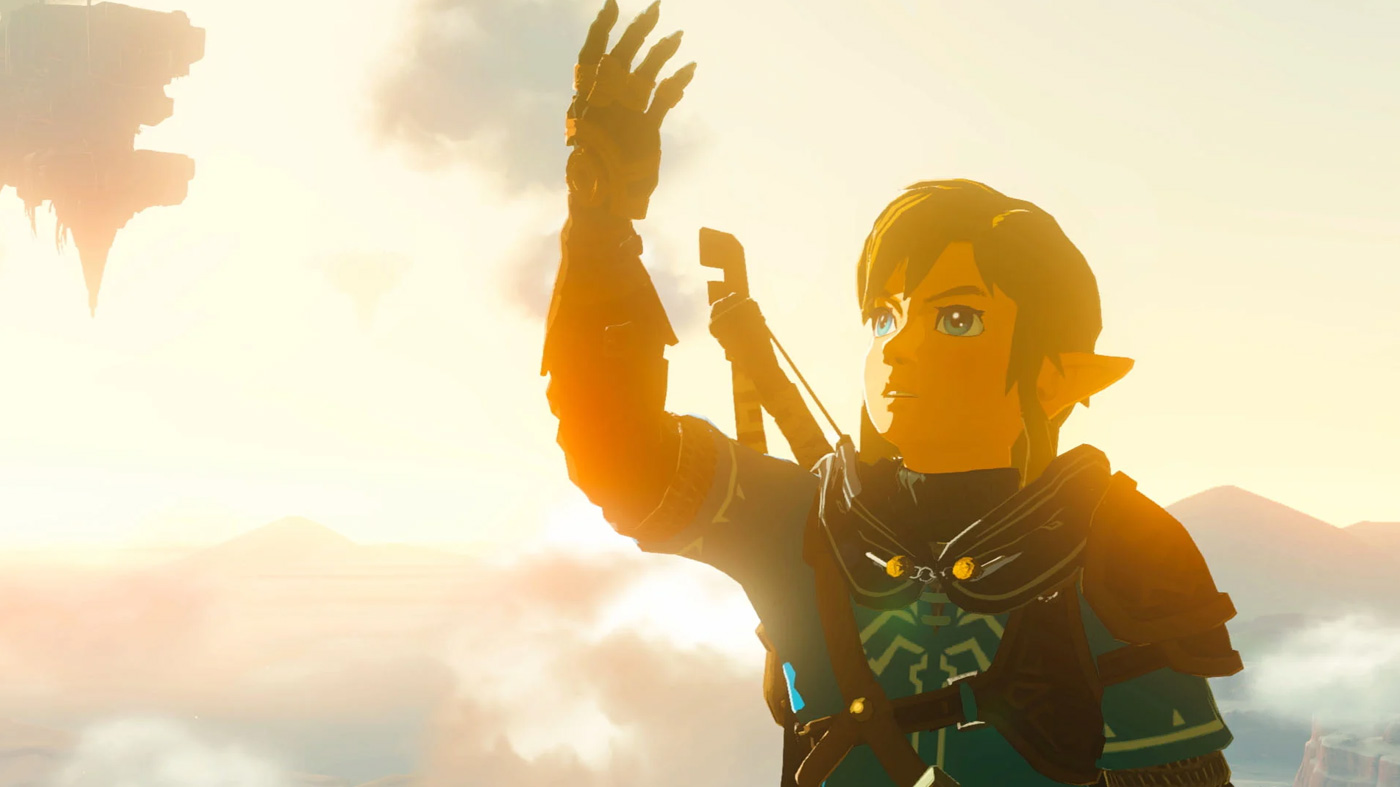
Tears of the Kingdom is a sequel to Breath of the Wild in many ways. You’ll play as Link once more as he sees himself in conflict with a new threat to Hyrule. As mentioned above, I won’t talk about the plot as it’s best experienced as it unfolds through the game, but it’s certainly engaging. The structure is similar to Breath of the Wild, told through non-linear flashbacks that you can easily piece together as you find them.
THE CHEAPEST COPY: $74 WITH FREE SHIPPING
Despite being structured similarly to Breath of the Wild, Tears of the Kingdom’s plot is much more engrossing this time around. It rights so many wrongs of Breath of the Wild – one of which includes incorporating a villain with presence. Some opportunity has been left on the table, I feel. Zelda’s characterisation definitely feels like a step back from her appearance in Breath of the Wild, for example. Despite this, I found the overarching storyline and the beats connecting it captivating and enjoyable.
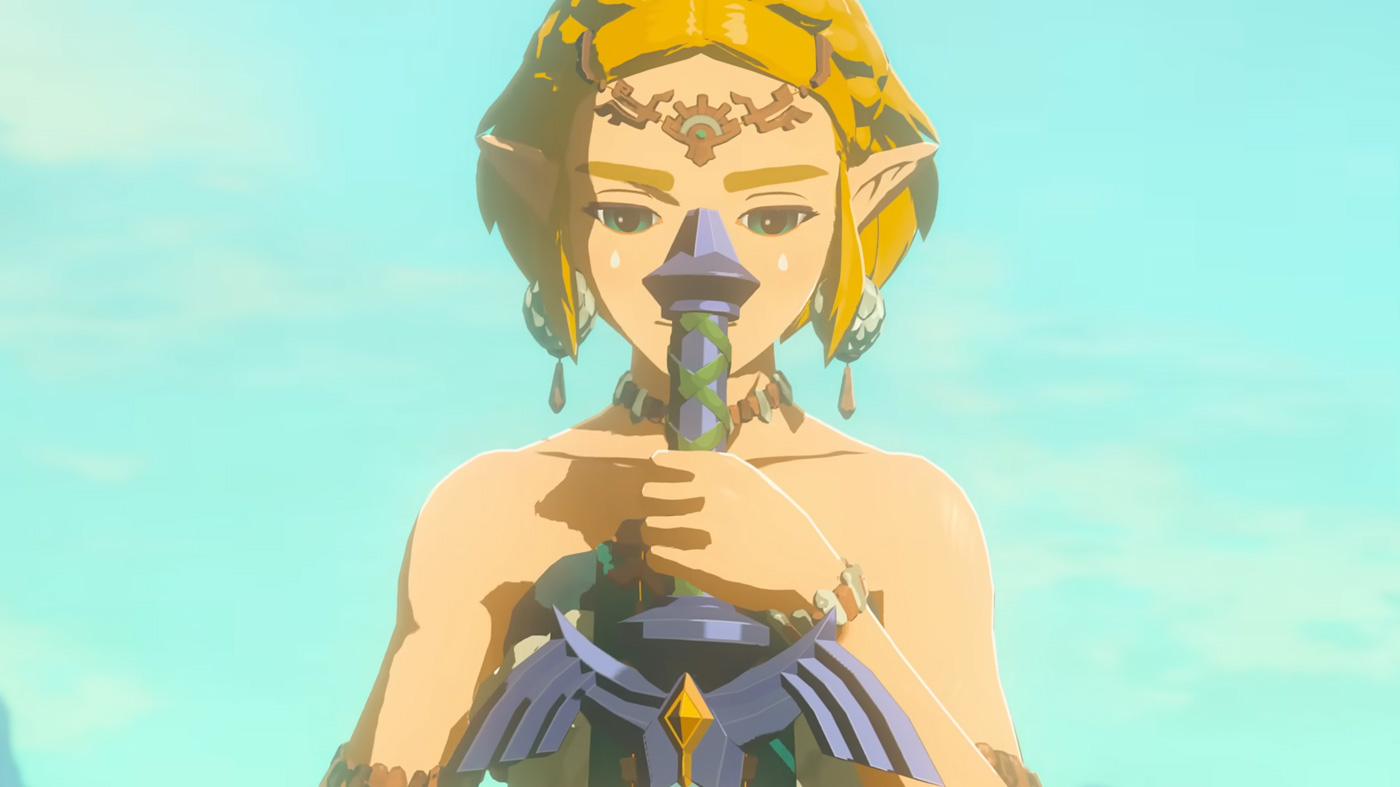
Tears of the Kingdom looks and plays like Breath of the Wild at first glance. So many characters and locations from the original are here. But what the game does differently from its predecessor makes it stand apart. Whether it be the dramatic inclusion of two new maps in the Sky and Depths or the improvements to the systems underpinning their exploration, it’s deceptively different to the widely adored game that came before it.
While a highlight in the game’s marketing, the Sky plays a surprisingly more minor role than expected. A selection of islands hovering above the main map, these can be hard to reach but almost always reward players with something special. So many of them invite exploration and discovery, often daring players to solve the simple goal of reaching them. Some serve as locations with hidden treasures, while others as perfect jumping-off points to access the areas below. This means you can line up a jump that takes you from the Sky, through Hyrule and into its Depths if you wish with no load times, which can be an astounding feat to pull off.
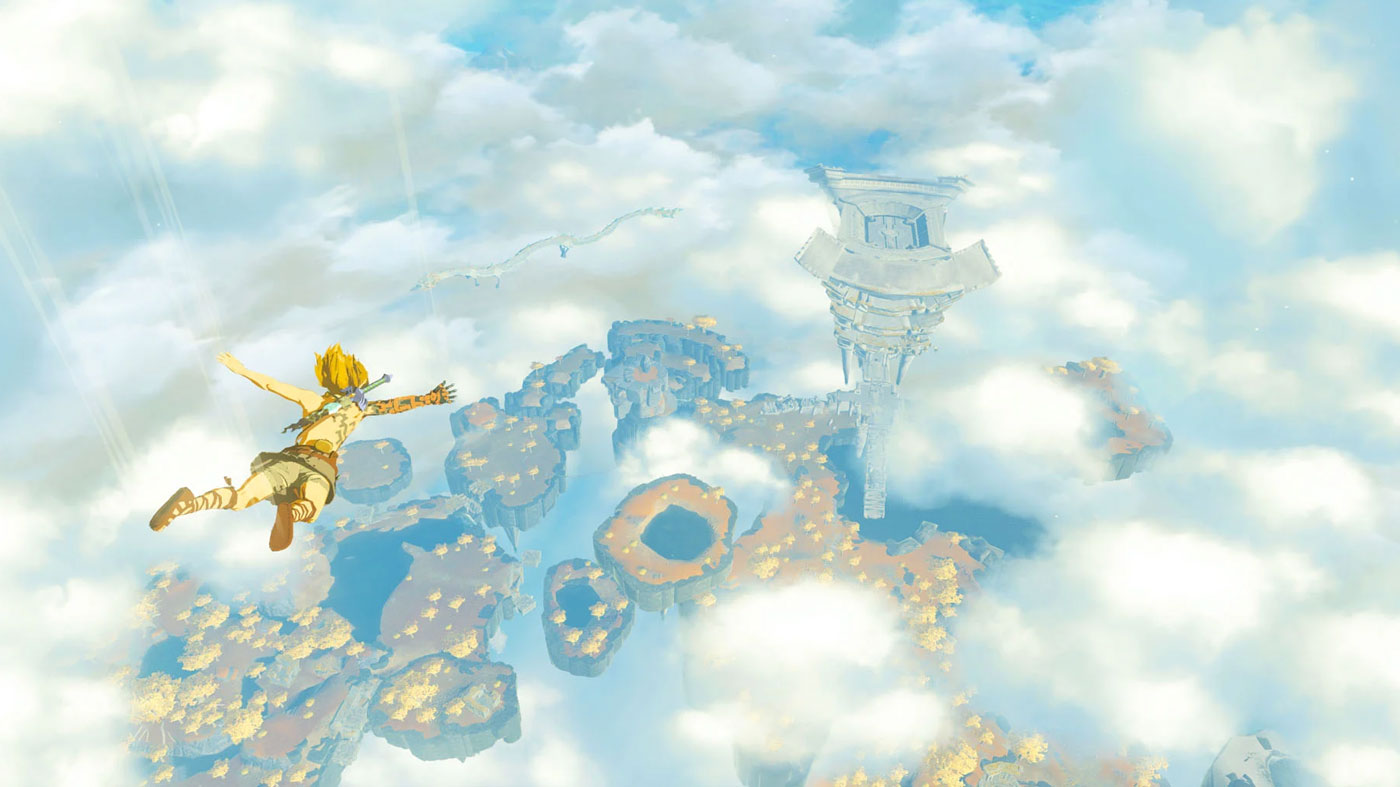
The biggest surprise for me has come from the Depths. It’s almost as big as the main Hyrule map and is a dark and sprawling location underneath it. It’s unlike anything Zelda has done before – a dark, lonely, isolated place that’s equally frightening and inviting. As you descend, you can illuminate your pitch-black path with equipment while activating checkpoint-like Lightroots that provide greater illumination. Breath of the Wild was about that authentic sense of discovery – and Tears of the Kingdom doubles down on this with just how much is hidden under Hyrule in the Depths.
The Depths are my favourite new inclusion, but they almost certainly feel like a de-facto hard mode. You don’t know where you’re going, getting hit by enemies down there reduces your maximum health (temporarily), and longer journeys are fruitful but challenging. The gear you discover in the Depths is almost always more helpful than on the surface and the resources are integral in fuelling some of the new powers that Link has at his disposal.
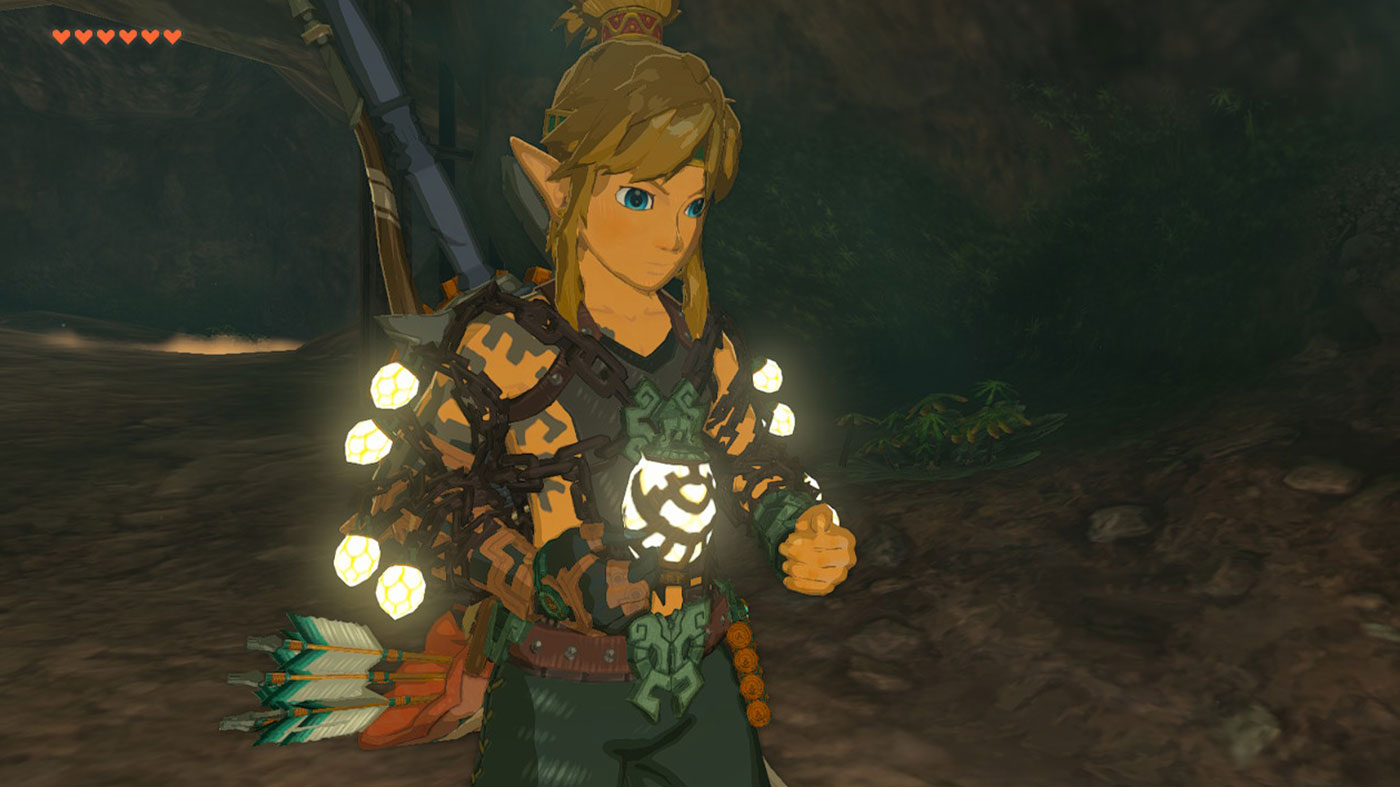
At first, I’d thought it was brave for the team to throw away the powers from Breath of the Wild in favour of these new ones, but they serve similar functions and, in some cases, more function than the runes. There are five powers that Link has access to, and while simple at first glance, their versatility fundamentally changes the way you approach and think about both combat and puzzles. Each of the powers is also used in exploration and combat, so you’ll utilise them all fairly regularly.
THE CHEAPEST COPY: $74 WITH FREE DELIVERY
The most significant new inclusion is Ultrahand, along with Autobuild. They’re intuitive powers that favour creativity but don’t necessarily require it. With Ultrahand, you can make the most haphazardly put-together structure or vehicle, and it will probably work to do what you need. Autobuild is even more essential – it allows you to save your favourite creations to create later using parts lying around or out of thin air (for a cost). Both are great tools, though Autobuild has prebuilt schematics to pull from if you can’t be bothered creating your own vehicles and structures to mess around with.
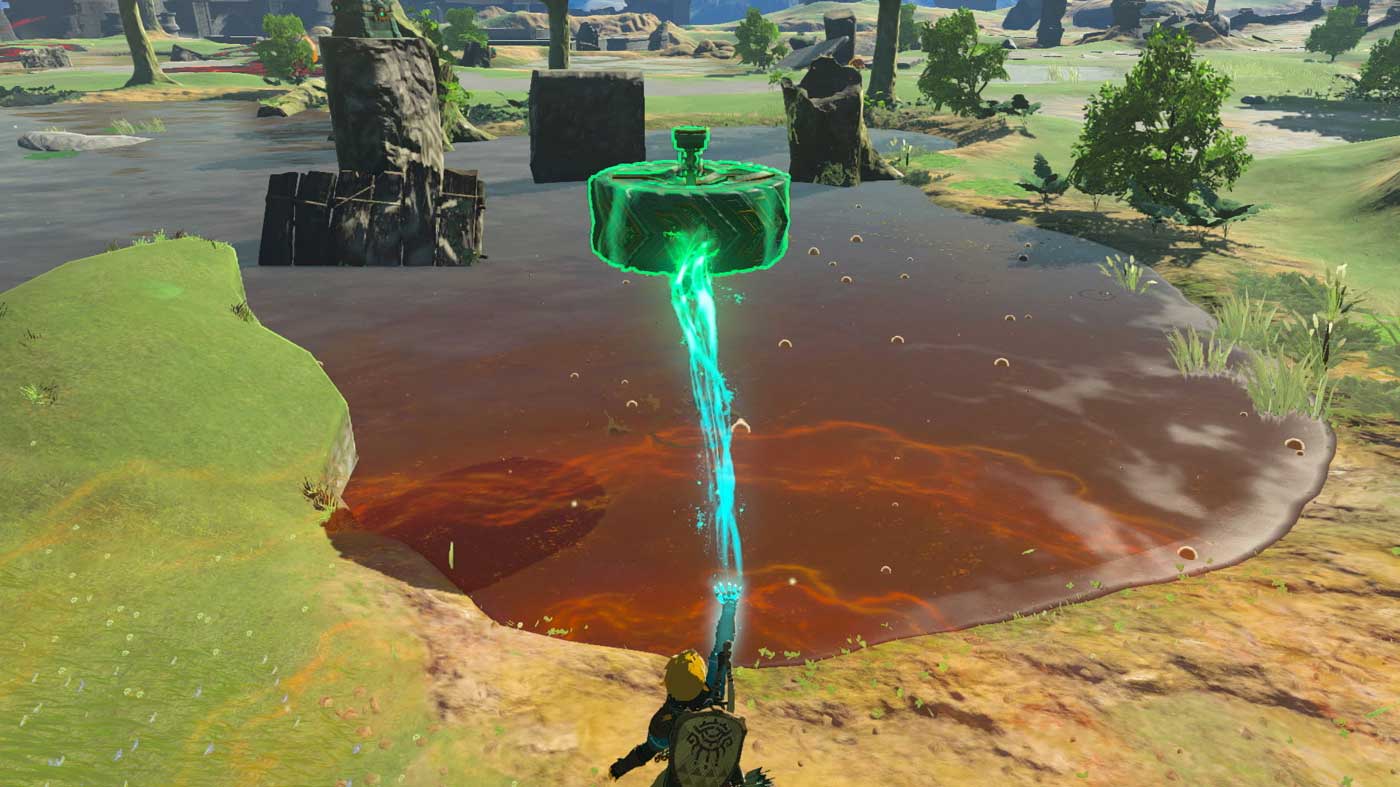
Link’s new powers and the well-designed puzzles come together to support the one concept that makes Tears of the Kingdom so special. If you can think to do it, it’ll probably work. This approach to design means that the Sky is the limit when it comes to the puzzles you encounter or the situations you’re challenged by across the game’s lengthy runtime. This complexity means that how well you do in Tears of the Kingdom depends on your problem-solving skills, which is arguably less accessible than what was presented in Breath of the Wild. But the options are so limitless that I struggle to fathom a situation where somebody would be genuinely stuck. It’s a robust game held together by such intuitive systems.
Once again, Tears of the Kingdom builds on Breath of the Wild to offer greater variety to the player. It builds on a solid foundation – offering a tweaked map that makes Hyrule feel fresh despite being so familiar. Similarly, there’s a great breadth of enemies to battle with, too – and without ruining things, anybody who had issues with the lack of enemy variety in the previous game will be happy with what’s on offer in Tears of the Kingdom.
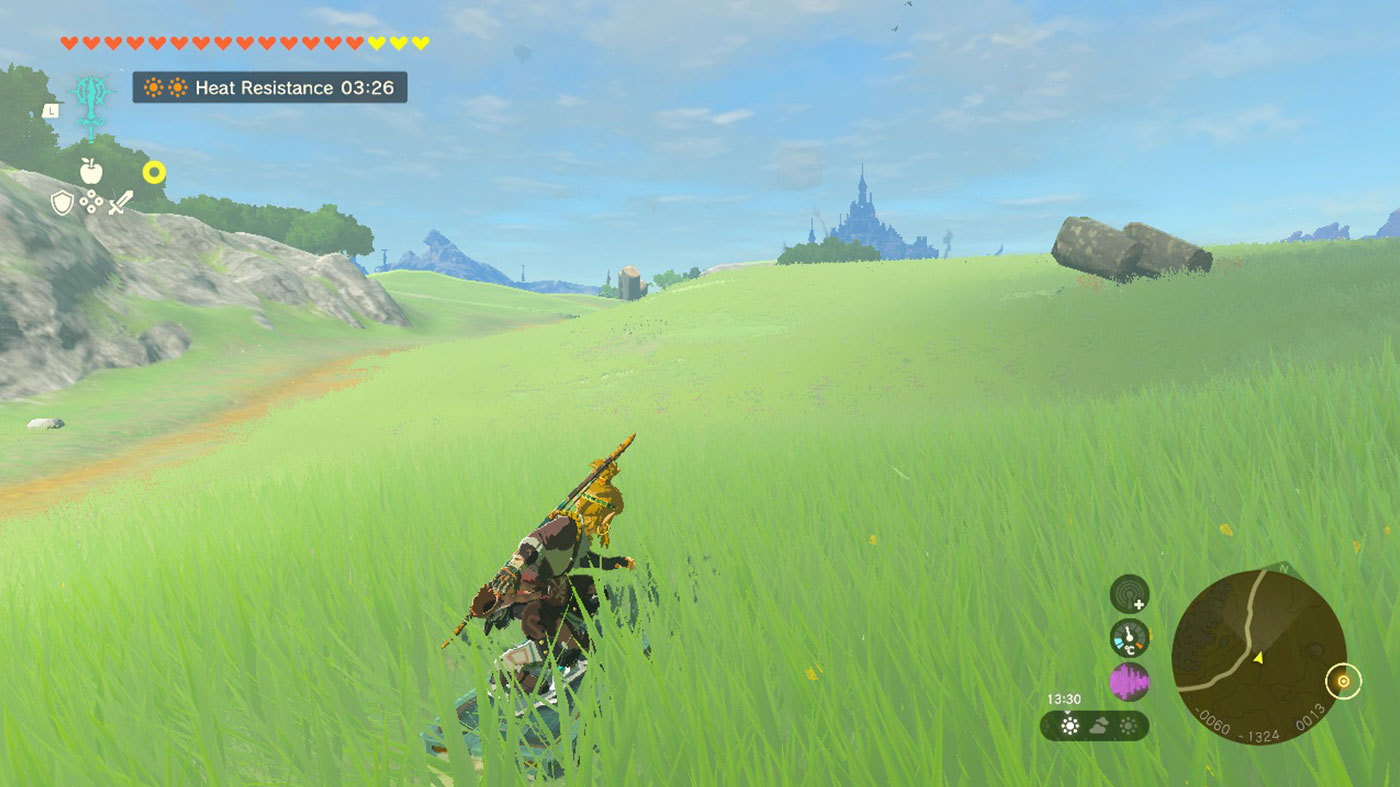
Such variety in the enemy types dovetails beautifully with the combat system, which is supplemented well with the new Fuse ability. Allowing you to attach two items together and wield them as a weapon, Fuse allows you to increase a weapon’s power, reach or elemental properties at the press of a button. I was one of those naysayers regarding weapon degradation in Breath of the Wild, and while it’s still here in Tears of the Kingdom, the new Fuse system is an ingenious and elegant solution to that problem. Previously, in Breath of the Wild, I’d finish an encounter and have whittled through most of my weapon stocks. Now, in Tears of the Kingdom, I’d have done the same, but all the enemy parts I’d have gathered would allow me to craft newer and probably better weapons.
Even better, Divine Beasts are now replaced with thematic dungeons. They’re not traditional lock-and-key structures like in previous Zelda games, but instead, more openly designed areas that have you exploring to unlock a central structure that leads to a boss. It’s a more simplified format, leveraging an intelligent compromise between the openness of the new era of Zelda with the situational theming of classic dungeons. They’re all most certainly better than the Divine Beasts, but they’re not as complex as “traditional” dungeons of past games. Still, having unique aesthetics tied around a unique boss battle will be enough for most fans, which is what Tears of the Kingdom offers.
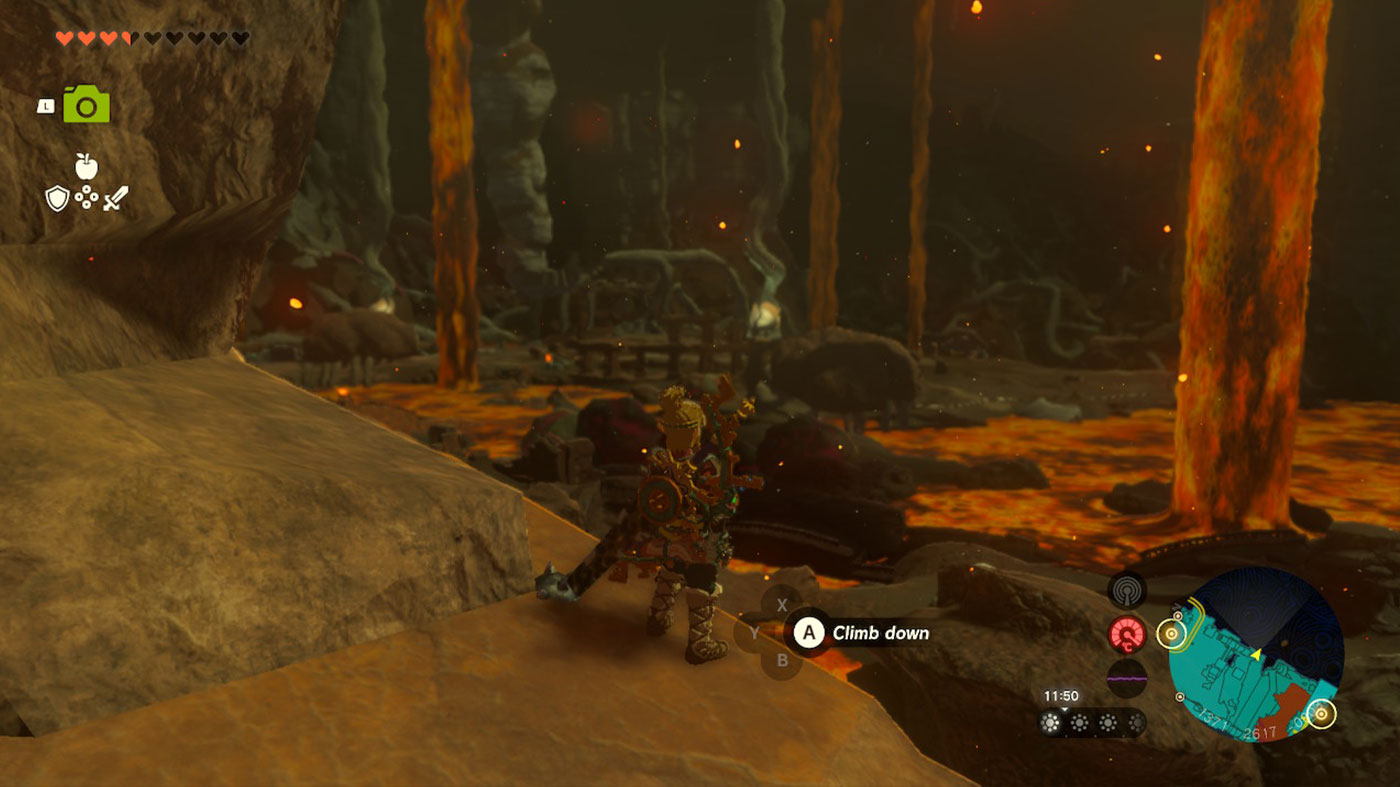
And yes, they’re proper bosses again. Each boss is tangentially attached to the story of the area you’re playing through and often requires you to utilise specific mechanics to take them down. They’re admittedly uneven in their design – some are better than others – but they’re once again better than the Blights in the previous game. There are even more fun optional bosses to encounter in the overworld too, but I won’t spoil them for the sake of preserving surprises.
There’s still much to engage in when you’re not completing the main story. There are over 150 shrines to complete, which feel more involved this time. There are also more than 200 side quests, over half of which have intriguing stories and even more worthwhile rewards. There’s a nice variety of activities on offer here. Even after seventy hours in this world, I wasn’t getting bored. Open-world fatigue is a genuine phenomenon at this point in the generation, so for Tears of the Kingdom to somehow sidestep that is nothing short of a testament to the strength of its design.
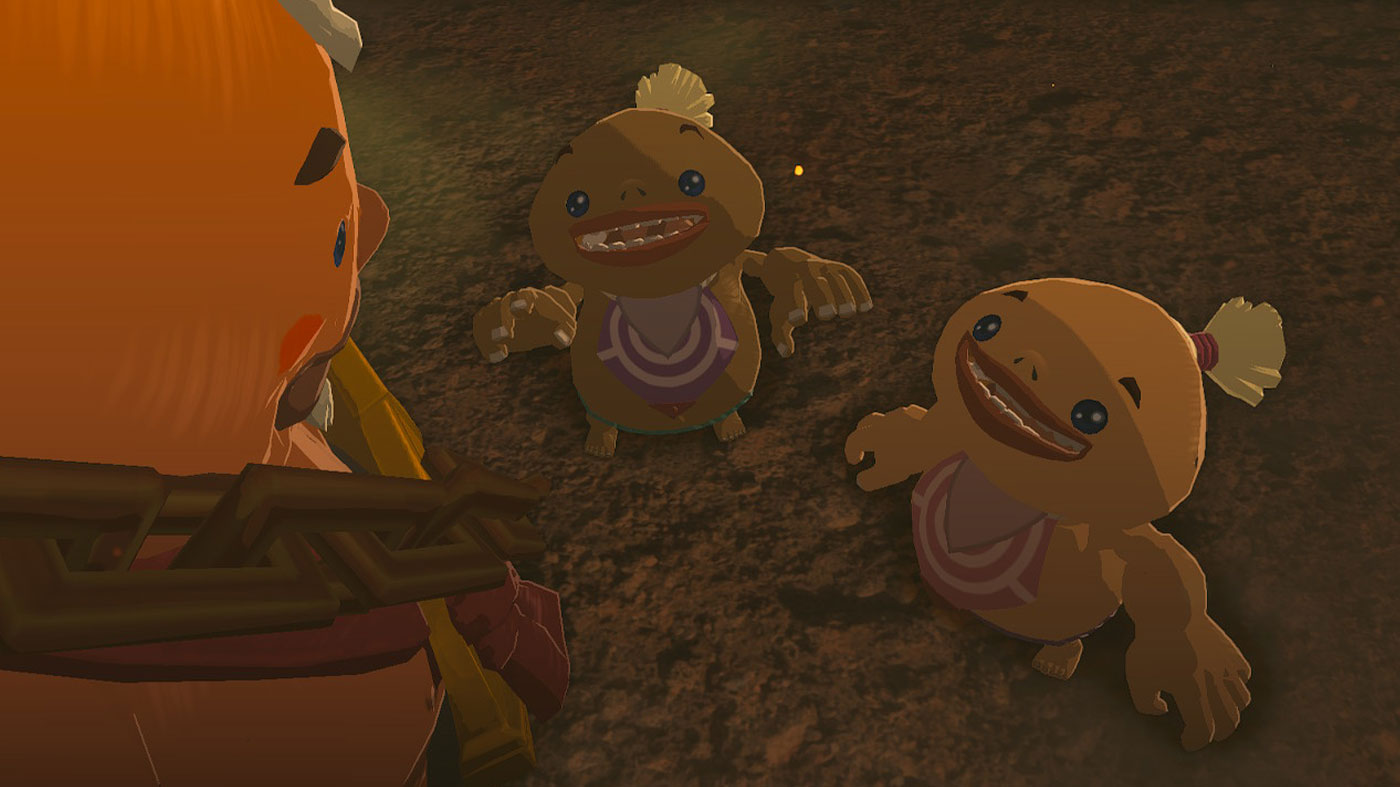
Of course, with a game this vast and ambitious on a system like the Switch, it’s important to mention performance. Tears of the Kingdom invariably performs better than Breath of the Wild. It also looks better than most games on the system, owing to a fantastically-realised sense of artistic direction. But it’s still a Nintendo Switch game at the end of the day, and strong artistic direction can only carry you so far. Luckily, I was fortunate not to notice much slowdown beyond the occasional moments where I’d be moving through a heavily populated group of enemies. It’s not the most solidly-performing of games, but it certainly fares a whole lot better than most of the games I’ve played on Switch over the last twelve months.
So much sets Tears of the Kingdom apart from other Zelda games. It’s a rare chance for the series to play with a direct sequel – embracing its changes, building upon them and offering something newer while continuing what worked. It’s a genuinely enthralling open world, an inviting playground that encourages exploration with a genuine sense of discovery that you don’t find in other contemporary games with much, much larger budgets. I struggle to find little wrong with its approach. It’s distracting in all the best ways and rewards that distraction consistently. It’s just a joy to lose yourself in.


